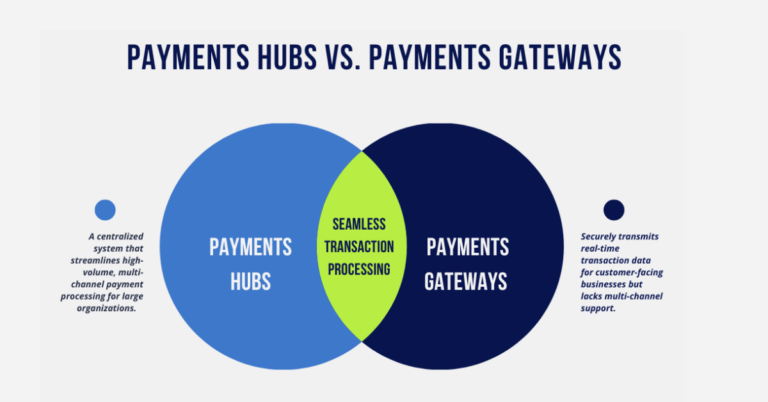*Originally published on CUInsight.com
As financial institutions contend with rising interest rates and evolving consumer expectations, understanding the dynamics of the loan payment market is more important than ever. In the webinar, 2024 Payments Landscape Strategies for Loan Payment Success, Stuart Bain, SVP and Product Manager at Alacriti, and Brian Riley, Co-Head of Payment Strategies at Javelin Strategy & Research, provided deep insights into the current trends in loan payments and the necessary strategic shifts financial institutions must consider.
Market Influences
The webinar kicked off with an in-depth discussion led by Riley, who noted the unique challenges posed by the current economic climate, including rising interest rates and increased inflation. Interest rates have soared to heights unseen in three decades, exerting pressure on household budgets. Inflation remains persistent, with essentials such as food showing no signs of returning to pre-pandemic pricing levels. This economic environment has led to an uptick in loan volumes, notably for credit card debt consolidation. “Interest rates are at levels we haven’t seen in 30 years. While consumers face budget stress, loan volumes are up, driven largely by credit card debt consolidation,” Riley observed.
While this trend can be explained by consumers trying to manage high-interest debt, concerns arise when these credit accounts are not closed post-consolidation, potentially leading to increased financial vulnerability in an economic downturn. Delinquency rates reflect these strains, having doubled from the levels seen in 2021. Additionally, the metric of bankruptcy filings is inching upward, indicative of growing financial distress. The market also observes a paradox where non-revolving lending has declined by $30.3 billion, a 9.8% decrease from the previous year, while revolving lending saw an increase. This could imply a reversion to previous spending habits despite consolidation efforts.
Bain discussed the implications of high interest rates on consumer behavior, particularly how they contribute to inertia in the housing market. Homeowners are reluctant to move or refinance due to unfavorable rates, which could lead to decreased activity in related financial services. “If I’m sitting in a house with a 3.78% fixed mortgage, I’m not likely to move or refinance at a higher rate,” Bain explained.
The Regulatory Environment
The regulatory environment continues to change, particularly due to the Card Competition Act and other regulatory pressures that might reshape how loan payments and credit card transactions are processed. The Card Competition Act, also known as Durbin 2.0, proposes to alter the processing of loan payments, particularly for credit cards. The Act aims to challenge the predominant market position of Visa and Mastercard by mandating the co-branding of credit cards with alternative logos, potentially affecting major card issuers and the dynamics of customer choices during payment transactions. The implications of such regulations could extend to the maintenance of separate balances for accounting purposes, influencing the structure of credit card payments.
Discussions in the Senate around capping interest rates and classifying delinquent fees as ‘junk fees’ are also hot topics. If enacted, there could be an 18% limit on interest rates. This cap could profoundly impact lending practices, potentially restricting access to credit for low to mid-range credit accounts due to increased write-off rates. Additionally, the discourse on ‘junk fees’ brings attention to the characterization of delinquency fees, with some classifying them as unnecessary burdens rather than contractual obligations.
The Need for Real-Time Processing
The demand for instant payment gratification is ever-increasing, with consumers anticipating immediate results from their financial activities. A prime example is the necessity for real-time account lookup, as customers seek instant confirmation and application of their transactions. In the realm of payment processing, payment data is becoming decoupled from the actual monetary funds. This change is crucial for reflecting payments in real-time, even before the money physically transfers. The importance of real-time processing is heightened with the surge in delinquencies, now twice the level of 2021. More immediate and efficient payment and processing solutions to mitigate risks are needed. The integration of real-time processing is not just a convenience but a necessary adaptation for financial institutions aiming to provide superior service and maintain their standing in a market increasingly driven by the need for transaction speed and efficiency. “Consumers today expect instant gratification in all things, including their financial transactions. The days of waiting two to three days for a payment to post are viewed as outdated,” Bain asserted.
Process Integration
Process integration is key for modernizing payments system, making improving efficiency and the speed of loan payments possible. There is a stark need for financial institutions to upgrade outdated core systems to meet rising expectations and regulatory changes. The RTP® network and the FedNow® Service are reshaping the expectations for money movement. Financial institutions face the challenge of integrating these new technologies into their existing frameworks to deliver the speed and convenience that customers demand. Outdated core systems present a barrier to this modernization, with many legacy platforms being expensive to maintain and slow to adapt to new standards such as ISO 20022. These outdated systems often require specialized skills that are becoming increasingly scarce. Financial institutions must modernize their loan payment systems, considering the need for real-time processing, regulatory compliance, and cost-efficient infrastructure to stay competitive and effectively meet consumer needs.
In conclusion, the financial industry faces a complex array of challenges and changes. Higher interest rates and evolving consumer expectations drive the need for rapid loan payment processing and modernization of payment systems. Regulatory scrutiny is increasing, with discussions on capping credit card interest rates and redefining fee structures. The adoption of real-time processing and modernizing payments are needed now to maintain customer satisfaction and stay competitive.
To learn the latest in loan payment behaviors, process integration advancements, and payments modernization, watch the full webinar, 2024 Payments Landscape: Strategies for Loan Payment Success, hosted by the PaymentsJournal and featuring Javelin Strategy & Research and Alacriti.
Alacriti’s Orbipay EBPP is a customizable electronic billing and payments solution for businesses and financial institutions of all sizes. Orbipay EBPP offers convenient and flexible choices that include all the payment channels, payment methods, and payment options expected from a modern digital bill pay experience. To speak with an Alacriti payments expert, please contact us at (908) 791-2916 or info@alacriti.com.




